Popular tourist destinations that used to be dangerous
Have you ever thought about how some of the world’s most enticing travel destinations once bore the brunt of conflict and turmoil? It’s fascinating to see how these places have transformed from danger zones to vibrant tourist hotspots. Thanks to resilience and reinvention, many destinations now thrive, offering unique experiences for travelers. So, let’s embark on a journey to explore the incredible transformations of some of these places, showcasing how history and culture have paved the way for new beginnings.
The Transformation of Colombia’s Medellín
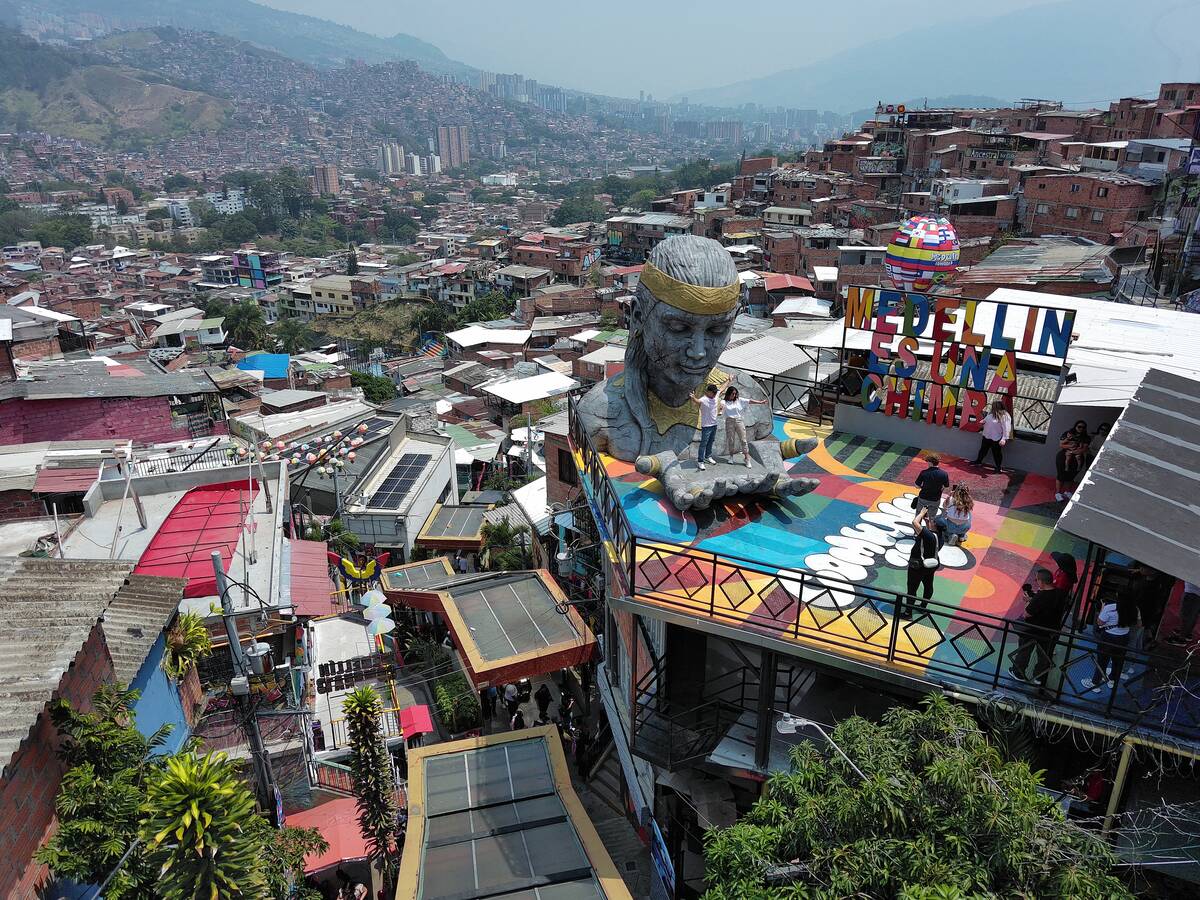
Once known as the drug capital of the world, Medellín has undergone a remarkable transformation. In the 1990s, it was infamous for its association with Pablo Escobar and rampant violence.
Today, Medellín is a beacon of innovation and urban development, with projects like the Metrocable reducing crime and connecting communities. The city’s annual Flower Festival and thriving tech scene are a testament to its rebirth, making it a must-visit for curious travelers.
Cambodia’s Angkor Wat: From Conflict to Calm
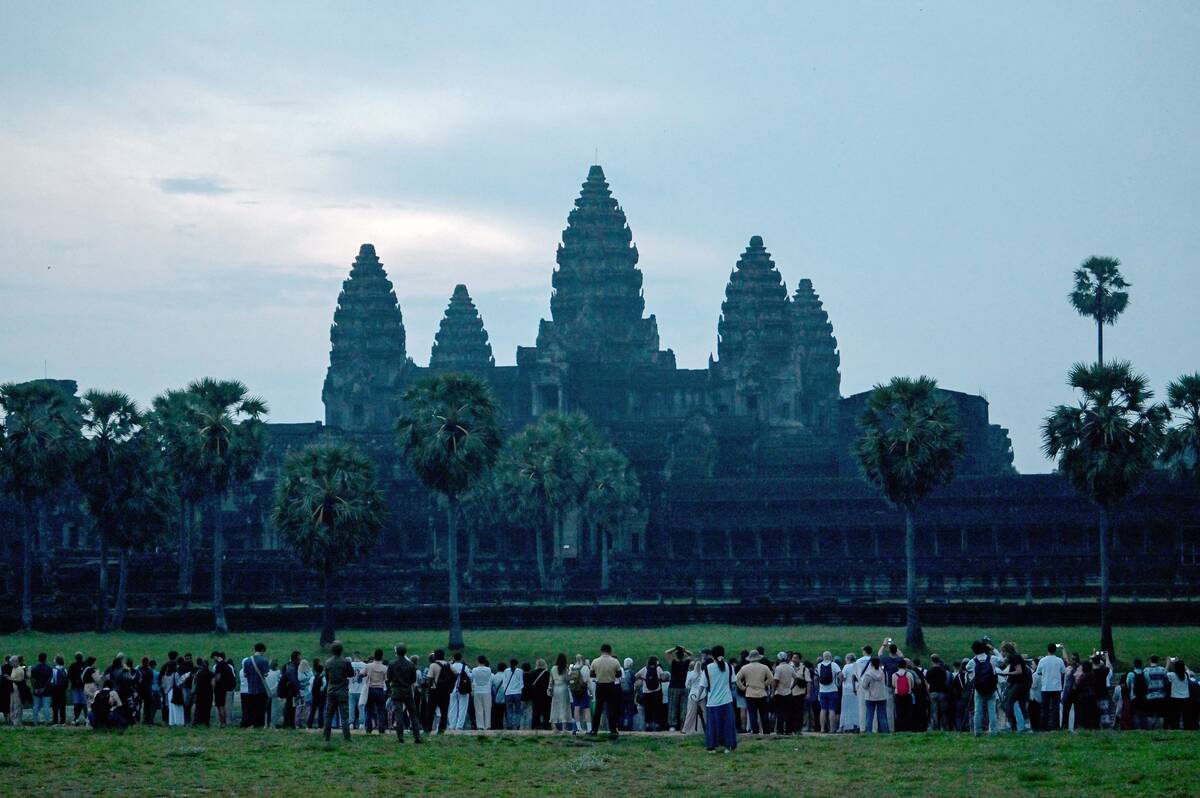
Angkor Wat, Cambodia’s iconic temple complex, was once at the heart of regional conflict. During the Khmer Rouge regime, many of its treasures were looted or damaged.
Today, Angkor Wat is a UNESCO World Heritage site, attracting millions of visitors who marvel at its intricate architecture and serene beauty. The site is a symbol of Cambodia’s cultural resilience and a tranquil destination for history enthusiasts and spiritual seekers alike.
Dubrovnik, Croatia: From War-Torn to Wanderlust
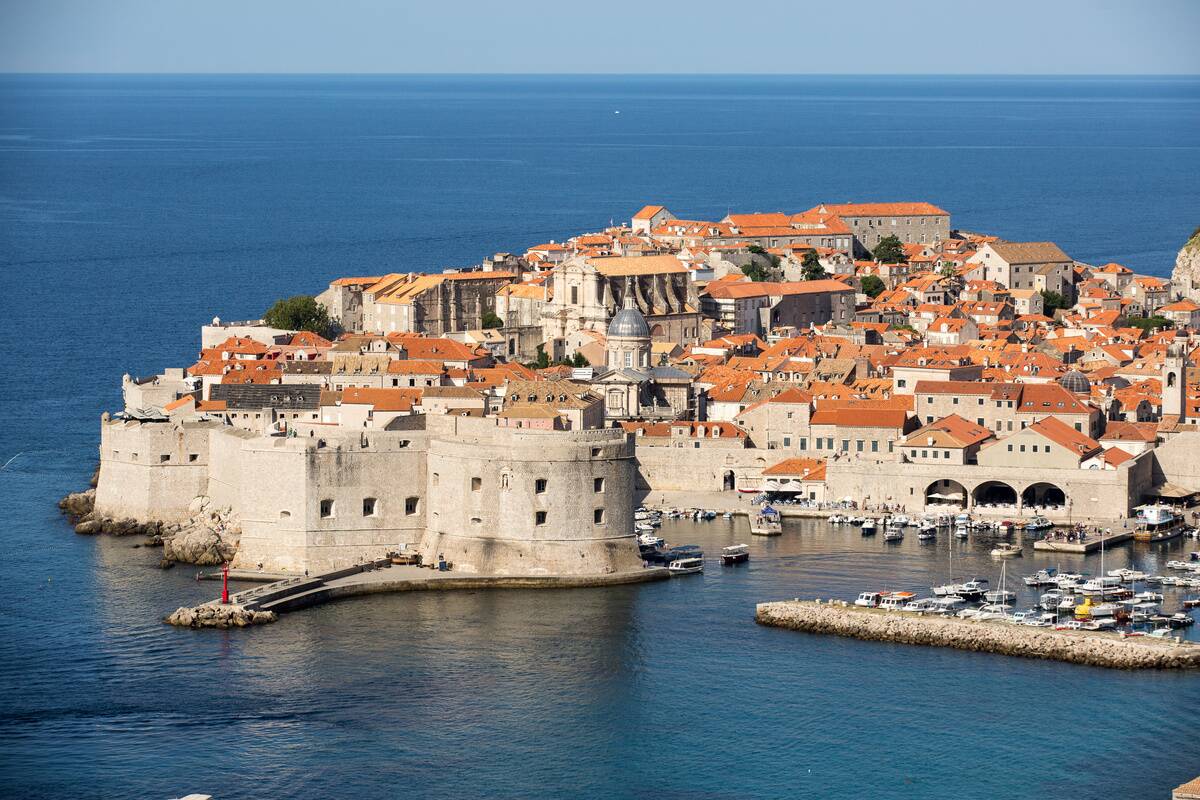
Dubrovnik, often referred to as the ‘Pearl of the Adriatic,’ faced significant destruction during the Croatian War of Independence in the early 1990s. The city’s fortifications and historic buildings were heavily damaged.
However, extensive restoration efforts have restored its charm, and today, Dubrovnik thrives as a top tourist destination. Its stunning medieval architecture and coastal beauty attract visitors from around the world, especially fans of Game of Thrones, which was filmed here.
South Africa’s Johannesburg: From Crime to Culture
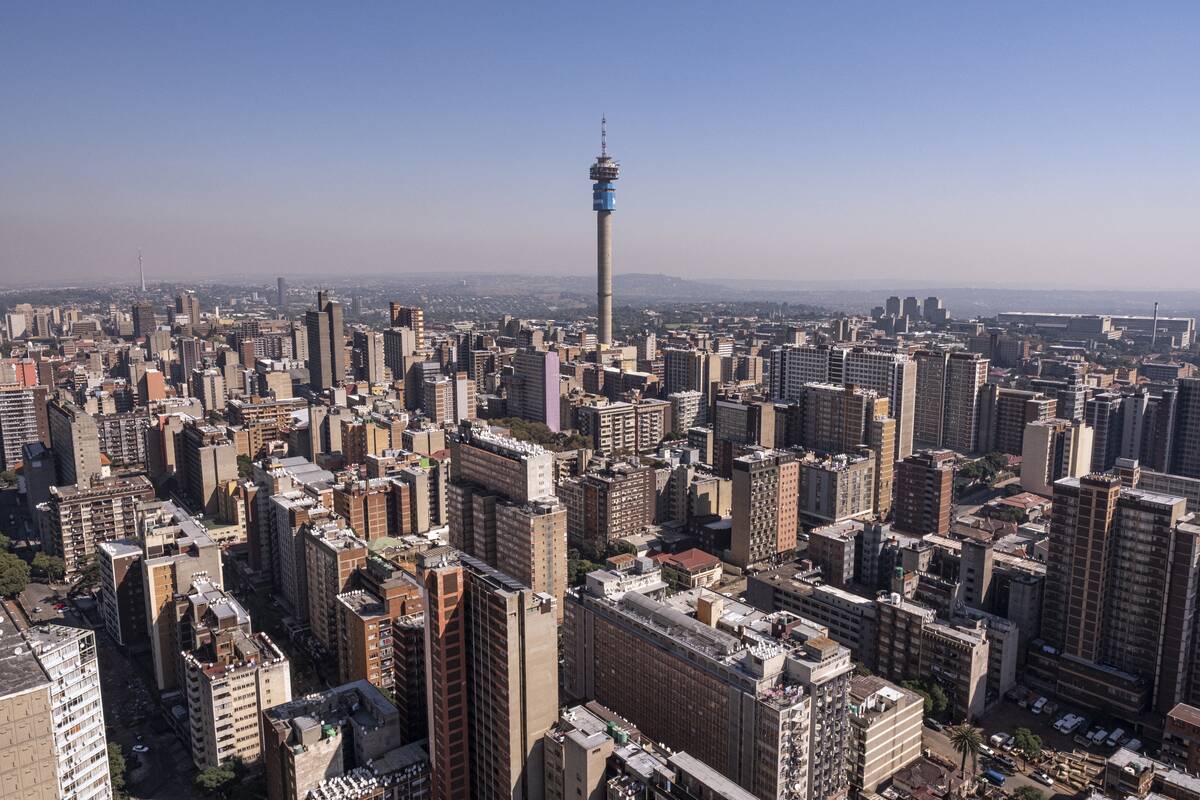
Johannesburg, once notorious for its crime rates, has reinvented itself as a cultural hub. Efforts to improve safety and infrastructure have paid off, turning the city into a vibrant destination.
Visitors can explore the Maboneng Precinct, a trendy area filled with art galleries and cafes, or delve into history at the Apartheid Museum. Johannesburg’s transformation showcases the power of community-driven change and cultural revival, making it a unique and dynamic place to visit.
Vietnam’s Ho Chi Minh City: From Turbulence to Tourism
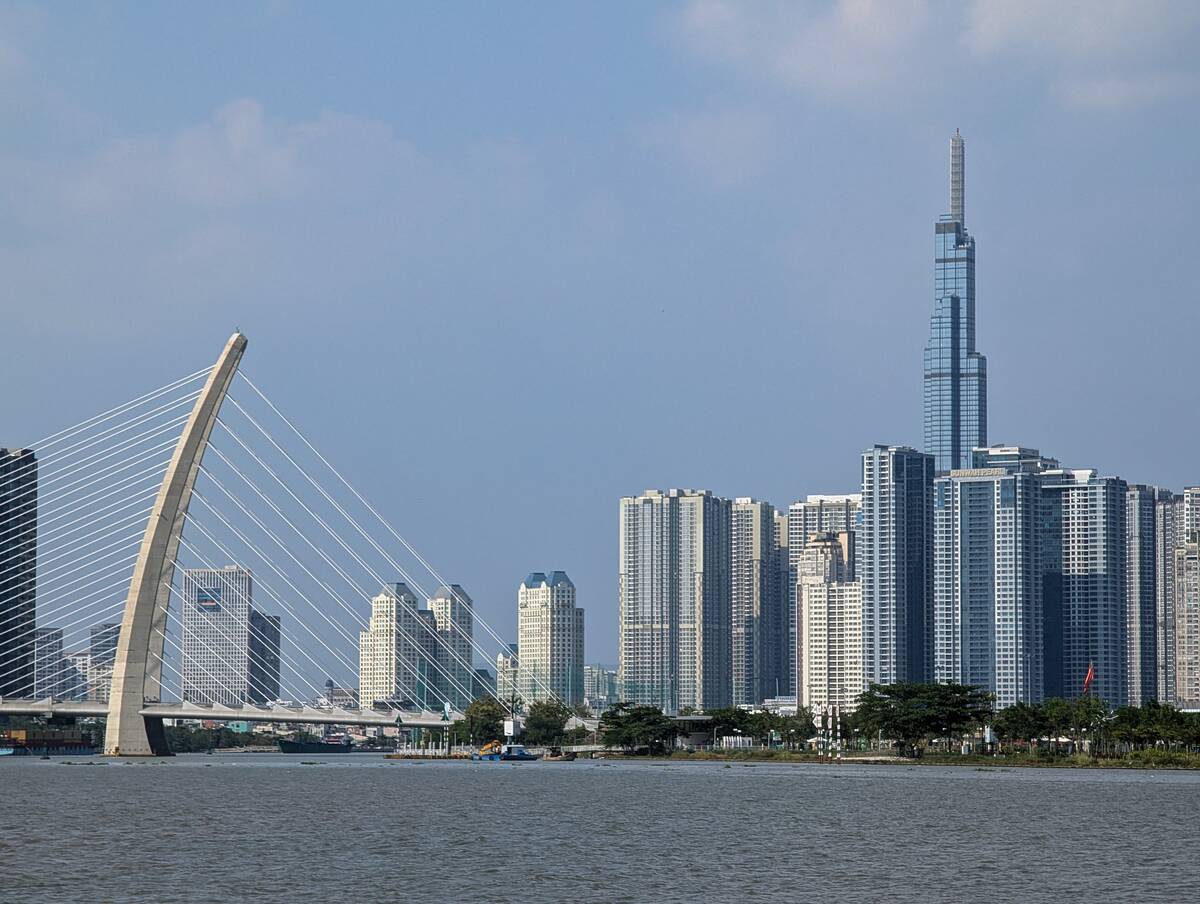
Ho Chi Minh City, formerly known as Saigon, has come a long way since the Vietnam War. Once a city marked by conflict, it has emerged as a bustling metropolis and a top tourist destination in Southeast Asia.
The city’s vibrant street food scene, historic landmarks like the War Remnants Museum, and lively markets offer a mix of old and new. Ho Chi Minh City’s rapid development and energy make it a captivating place for travelers to explore.
The Rebirth of Beirut, Lebanon
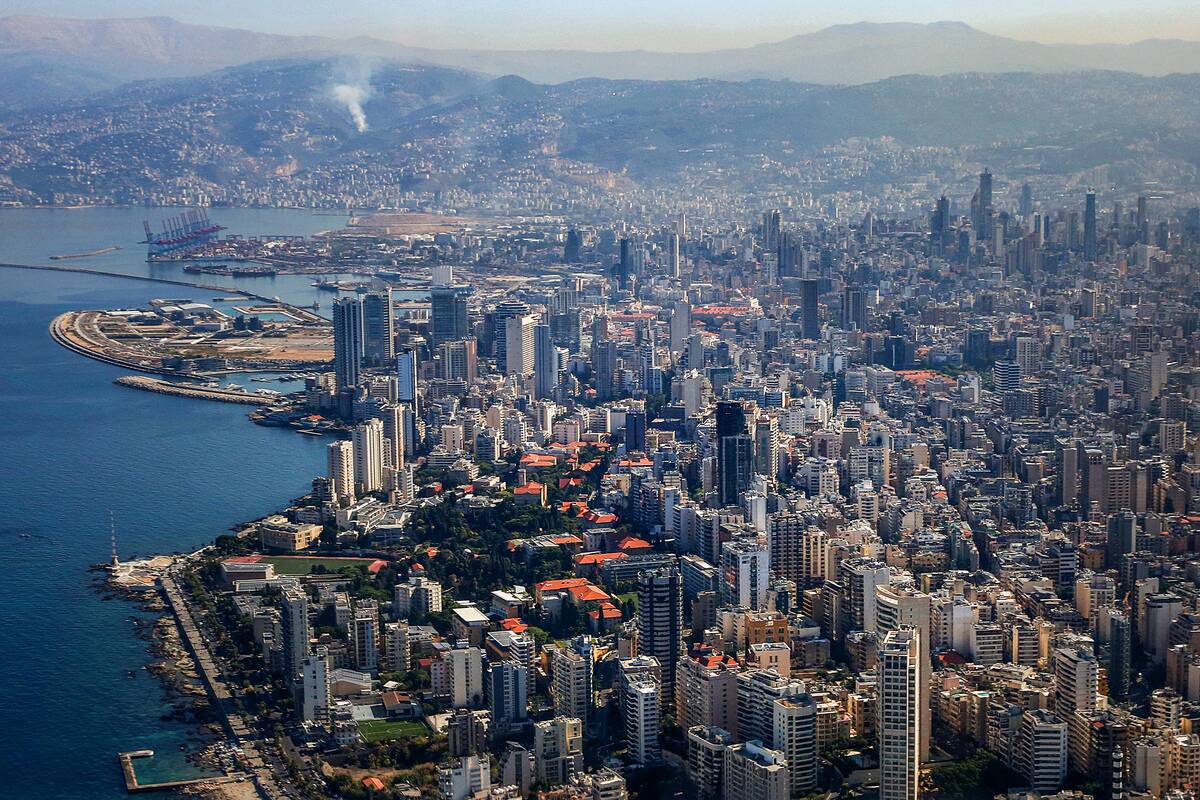
Beirut, Lebanon’s capital, has faced its share of challenges, from civil war to recent political and economic crises. Yet, the city’s resilience shines through its vibrant arts scene and lively nightlife.
Despite the scars of conflict, Beirut remains a symbol of hope and renewal. Visitors can explore its rich history, from Roman ruins to Ottoman architecture, and enjoy the city’s renowned culinary delights. Beirut’s spirit of survival and creativity continues to inspire those who visit.
Rwanda’s Kigali: From Genocide to Growth
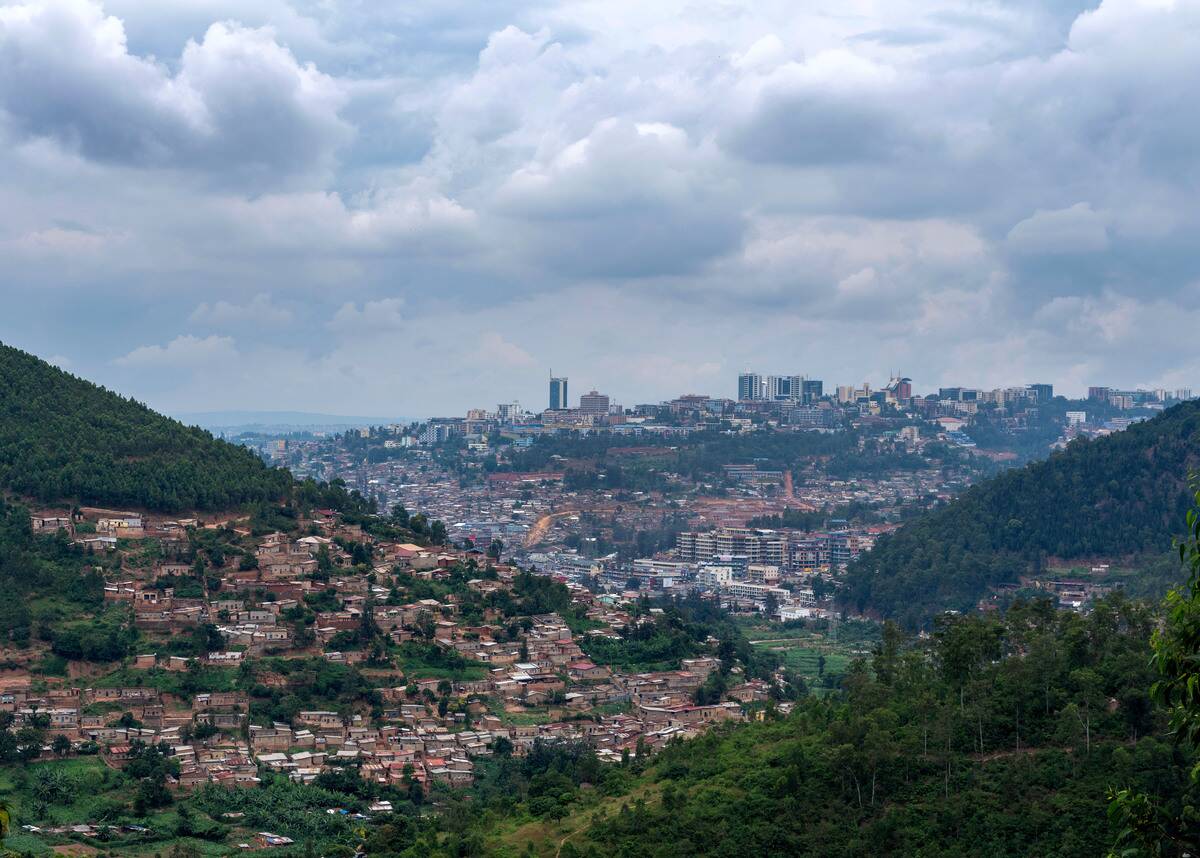
Kigali, the capital of Rwanda, has transformed dramatically since the 1994 genocide. From a place of unimaginable tragedy, it has become one of Africa’s cleanest and safest cities.
Kigali’s modern infrastructure, booming coffee industry, and initiatives like the Kigali Genocide Memorial reflect its commitment to growth and reconciliation. The city’s progress and stunning landscapes offer visitors a chance to witness firsthand the incredible transformation that has taken place.
The Revival of Belfast, Northern Ireland
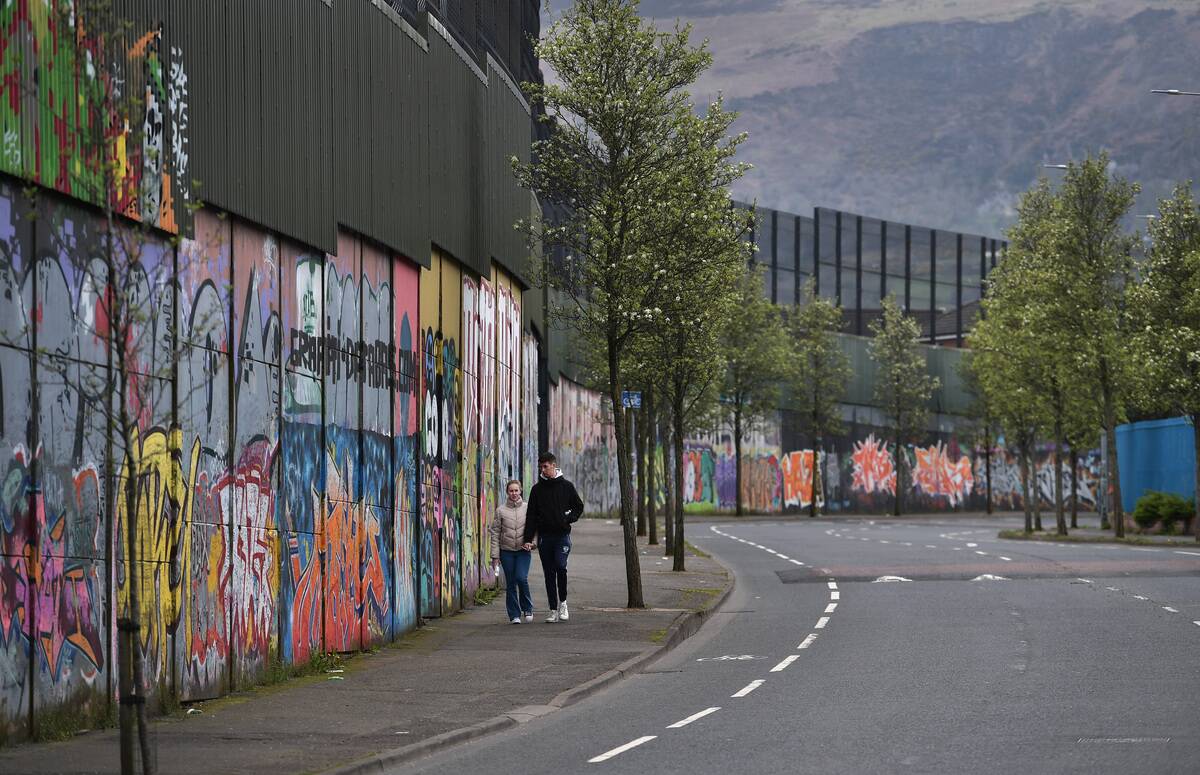
Belfast, once synonymous with the Troubles, has emerged as a vibrant cultural destination. The city’s past is remembered through sites like the Peace Walls and the Titanic Belfast museum.
Today, Belfast is known for its lively arts scene, music festivals, and burgeoning culinary offerings. The transformation from conflict-ridden streets to a welcoming city is a testament to peace and reconciliation efforts, making Belfast a compelling place to explore.
Bosnia and Herzegovina’s Sarajevo: From Siege to Serenity
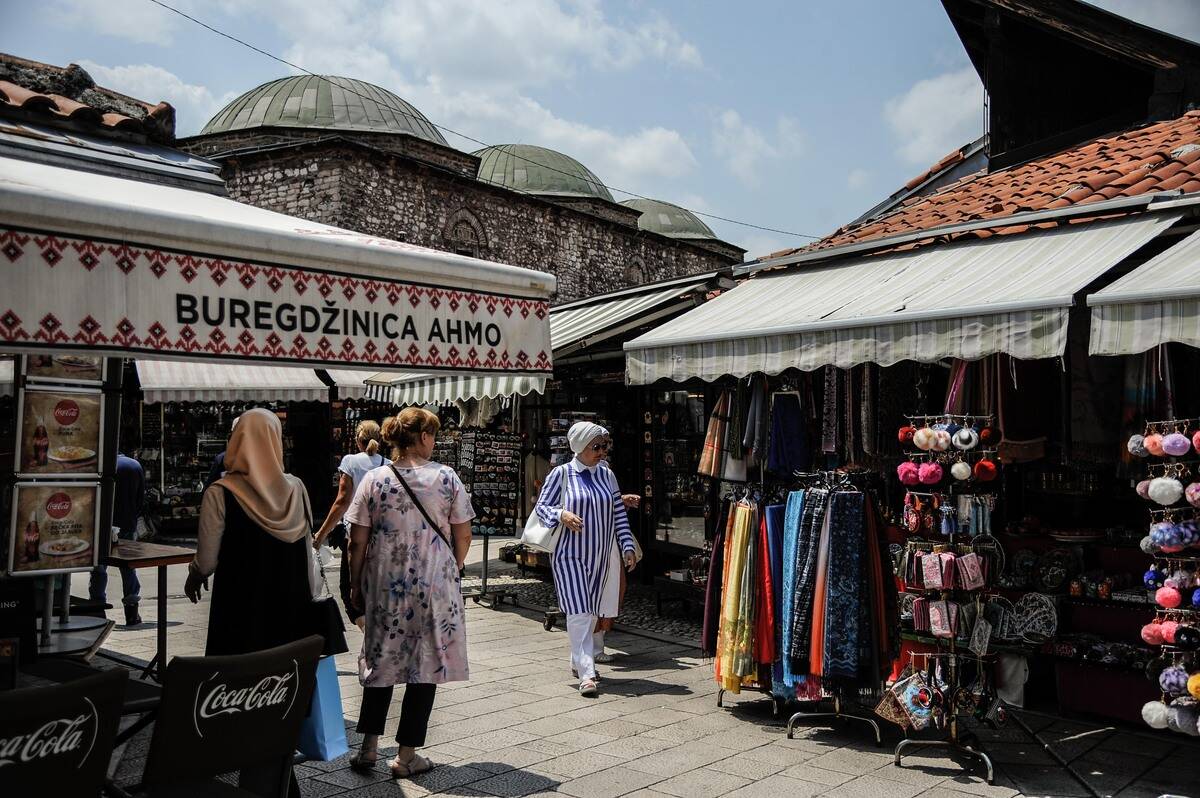
Sarajevo, the capital of Bosnia and Herzegovina, was under siege for nearly four years during the 1990s. The city’s recovery from this dark period has been remarkable, as it now thrives as a cultural and historical hub.
Visitors can explore the charming Baščaršija bazaar, learn about the city’s multicultural heritage, and reflect on history at the Sarajevo Tunnel Museum. Sarajevo’s transformation into a peaceful and welcoming city is a story of resilience and hope.
The Evolution of Berlin, Germany: From Divided to Dynamic
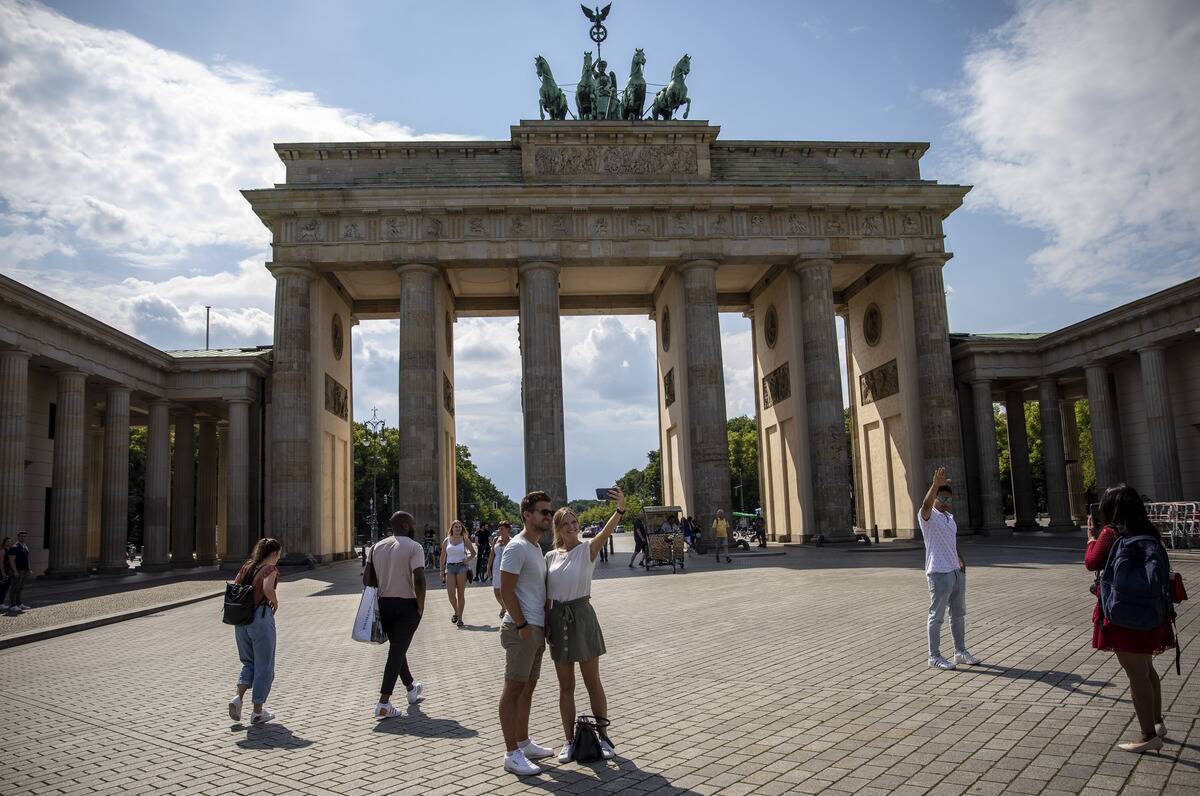
Berlin, once divided by the infamous Berlin Wall, has evolved into one of Europe’s most dynamic cities. Since the wall’s fall in 1989, Berlin has embraced its status as a symbol of unity and freedom.
The city’s vibrant arts scene, diverse neighborhoods, and rich history attract millions of visitors each year. From the iconic Brandenburg Gate to the East Side Gallery, Berlin’s mix of past and present offers an unforgettable experience for travelers.
Peru’s Machu Picchu: From Protected to Popular
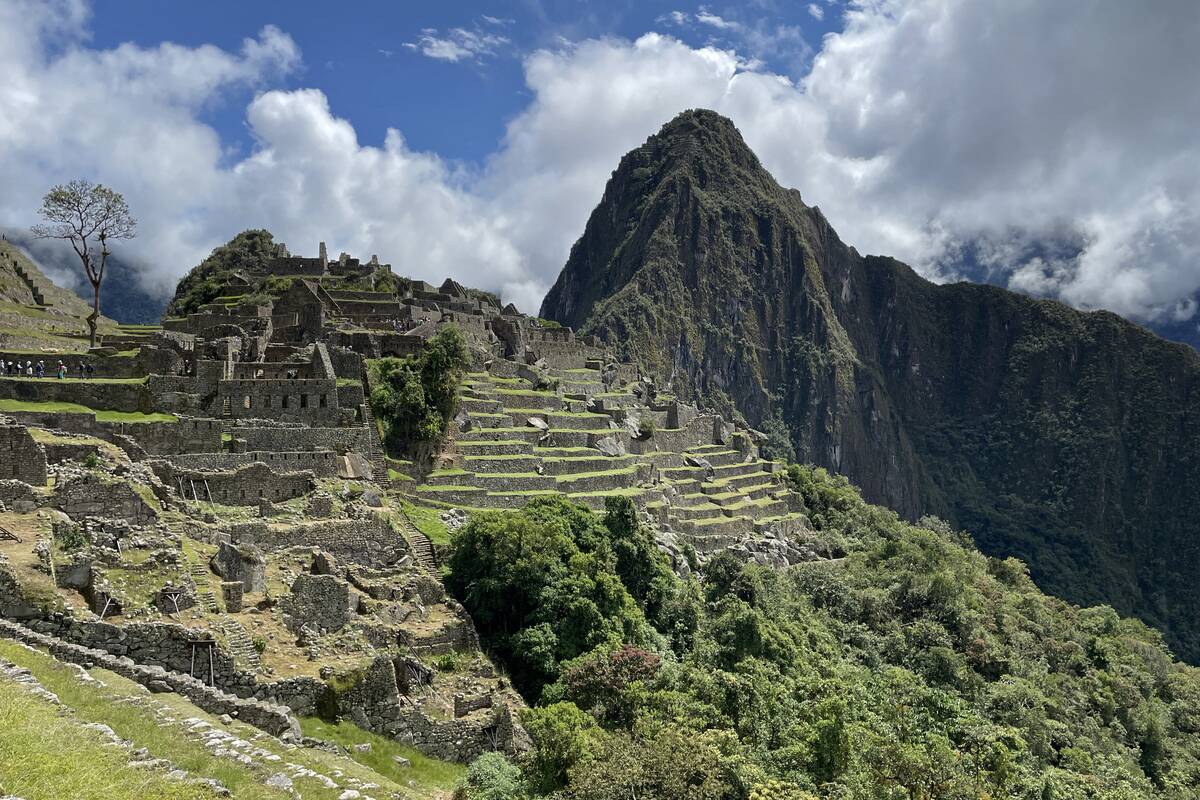
Machu Picchu, the ancient Incan citadel, was once a hidden gem, protected by its remote location. Today, it is one of the most visited archaeological sites in the world.
Efforts to preserve its integrity, such as visitor limits and conservation projects, ensure that this UNESCO World Heritage site remains a marvel for generations to come. The breathtaking views and rich history of Machu Picchu continue to captivate visitors, making it a bucket-list destination for many.
The Shift in Guatemala’s Antigua: From Unrest to Unforgettable
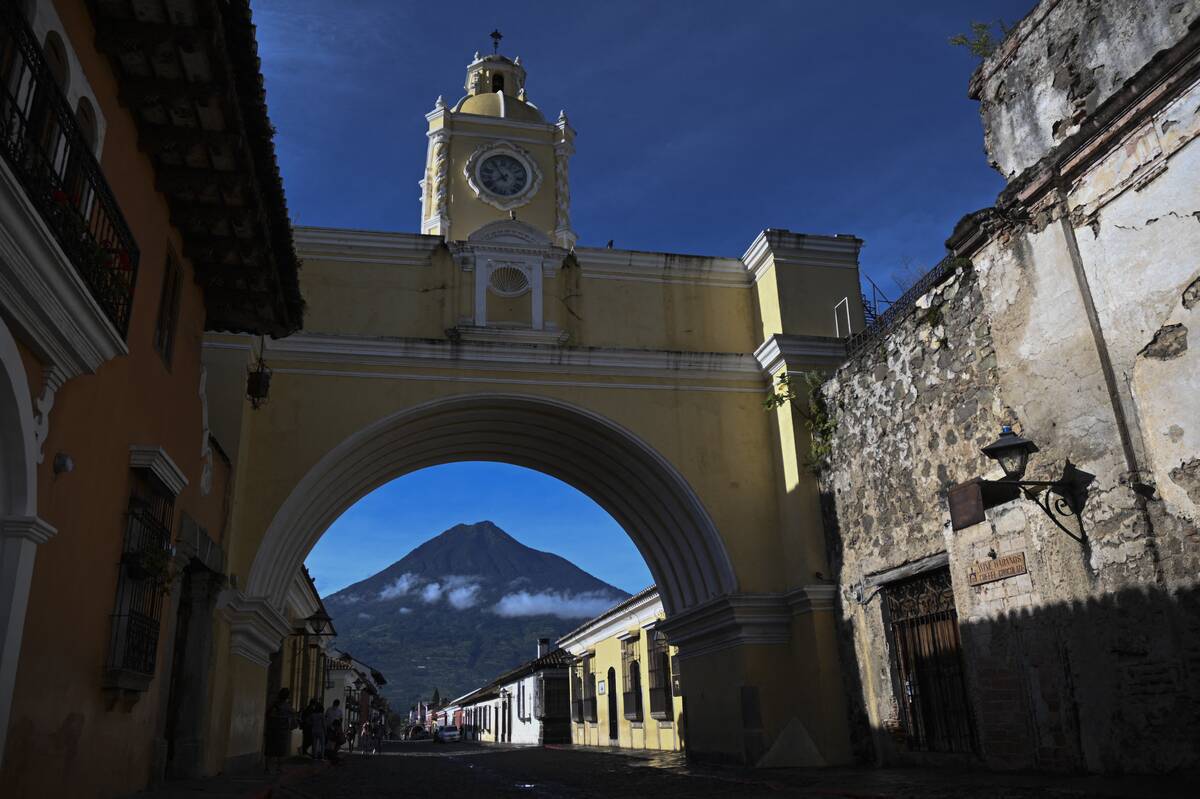
Antigua, Guatemala, was once impacted by political unrest and natural disasters. However, this colonial city has emerged as a charming destination, known for its cobblestone streets and well-preserved Spanish architecture.
Antigua’s vibrant festivals, colorful markets, and surrounding volcanoes offer a unique blend of culture and adventure. The city’s transformation from turbulent times to a peaceful and unforgettable destination has made it a favorite among travelers seeking authenticity.
The Journey of Albania’s Tirana: From Isolation to Invitation
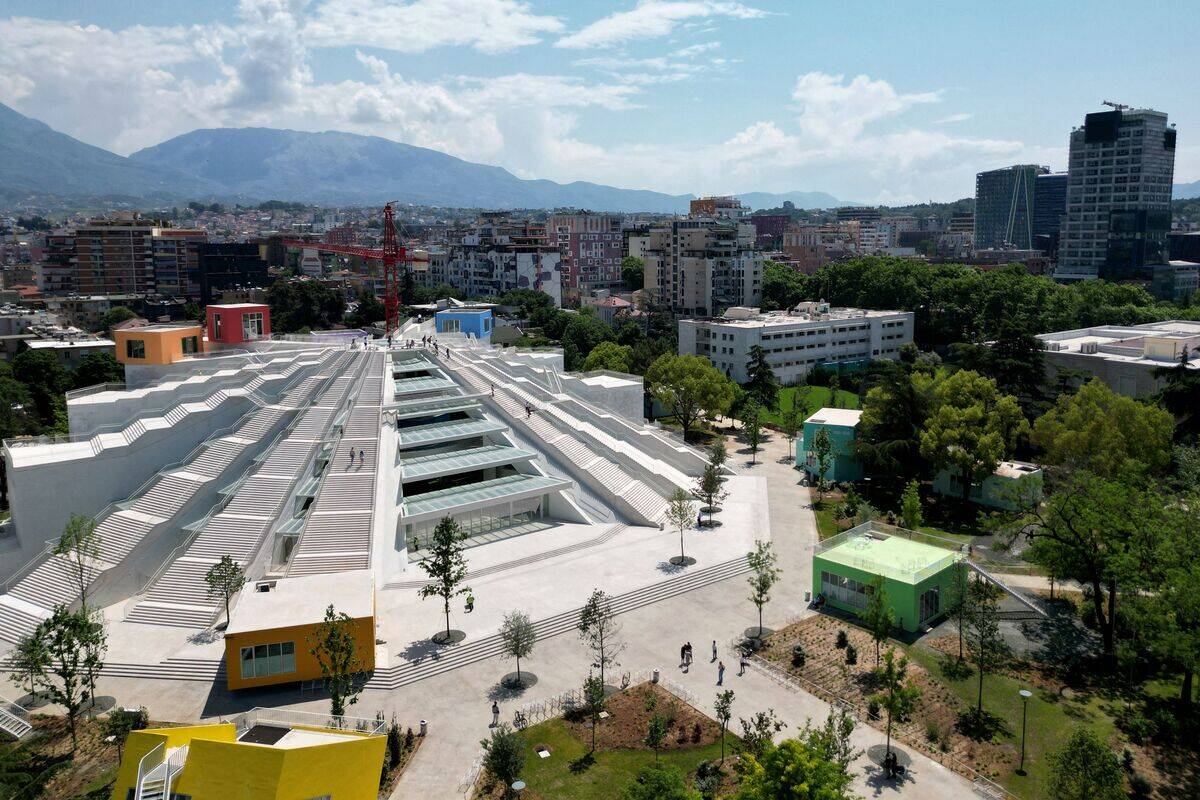
Tirana, Albania’s capital, was once isolated under communist rule, closed off from the outside world. Today, it is a lively city welcoming travelers with open arms.
Tirana’s colorful buildings, burgeoning arts scene, and buzzing cafes reflect its vibrant spirit. The transformation from isolation to an inviting destination is evident in its modern architecture and public spaces, drawing visitors eager to experience Albania’s unique blend of history and contemporary culture.



